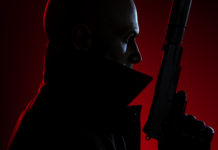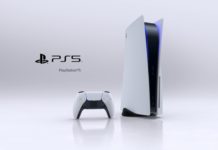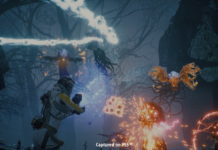Razor 2: Hidden Skies is a very traditional shmup from the old school – no curtains of bullet-hell, no score-chains, no bullet-buzzing, or any gimmick whatsoever. You can upgrade your agile fighter with better weapons and shields, but don’t expect any surprises from the shopkeeper. Razor 2 would be a throwback to the early days of Strikers: 1945 and Raiden, if those games hadn’t already done it much better.
You know the drill; your lonely ship flies through aerial battlefields to take on waves of fighters and bosses while dodging bullets. It’s the dodging that proves to be Razor 2’s undoing. I performed a few test runs to find my ship’s hit-box, which can range from the entire ship to a few pixels, depending on the game. Finding the hit-box is crucial to surviving in a shmup, but even now, it’s difficult to say exactly where it is in Razor 2. One moment, I can plow through streams of bullets unharmed, and the next, I take damage from bullets that haven’t even grazed me. A poor choice of camera-angle is partially to blame.

Razor 2 is three-dimensional and uses an isometric view, diagonally above and to the back of your ship. It took a while to realize that attacks coming from ground-based tanks and bosses were actually coming from below, allowing a brief window of opportunity to pass over them unscathed. The visual difference is almost imperceptible though, making is a rather useless advantage. Another curiosity of the isometric viewpoint is that the hit-box seems to change in location and size as you move up the screen (further from the camera). Up-screen, the hit-box is a tiny point at the cockpit, while down-screen, it encapsulates most of the ship, and then some. Perhaps this is a matter of visual perspective, but it is a crucial flaw nonetheless.
Razor 2 lacks inspiration. Each of stage reuses the same handful of enemies in the same formations again and again while repetitious backdrops scroll below. An enemy-type might sweep in from the left and then from the right, but that’s hardly an exciting change of tactics. The five-ten minutes you spend shooting recycled foes is filler for the bosses. Bosses are usually the highlights of a shmups, and while Razor 2 has some tough opponents, they too are completely unremarkable. Some are ripped directly from other games while others are bland war-machines that do little more than fire the same salvos of missiles and bullets that you’ve been dodging the whole level.

Without a complex method of scoring, the best reason to perform well is to get credits to spend on equipment. You can install/upgrade three main weapons, a variety of sub-weapons, boosters, shields, and energy sources. The latter two are the black sheep of Razor 2’s otherwise solid customization. Besides the fact that upgrading them is a complete waste of money, as opposed to buying and installing new components outright, the relationship between shield and energy is poorly explained and poorly designed. Energy is your lifeblood, while the shield is supposed to protect you, and yet bullets tick away at both simultaneously. So, what is the point?
I had high hopes for Razor 2. As good as games like Deathsmiles and Shoot 1up are, I still enjoy classic, straightforward shmups the most. I love the purity of simply shooting and dodging, and the excitement of beating a level and seeing what’s next. The bad hit-mechanics and bland enemies ensure that you’ll find neither of these elements at play in Razor 2: Hidden Skies.









